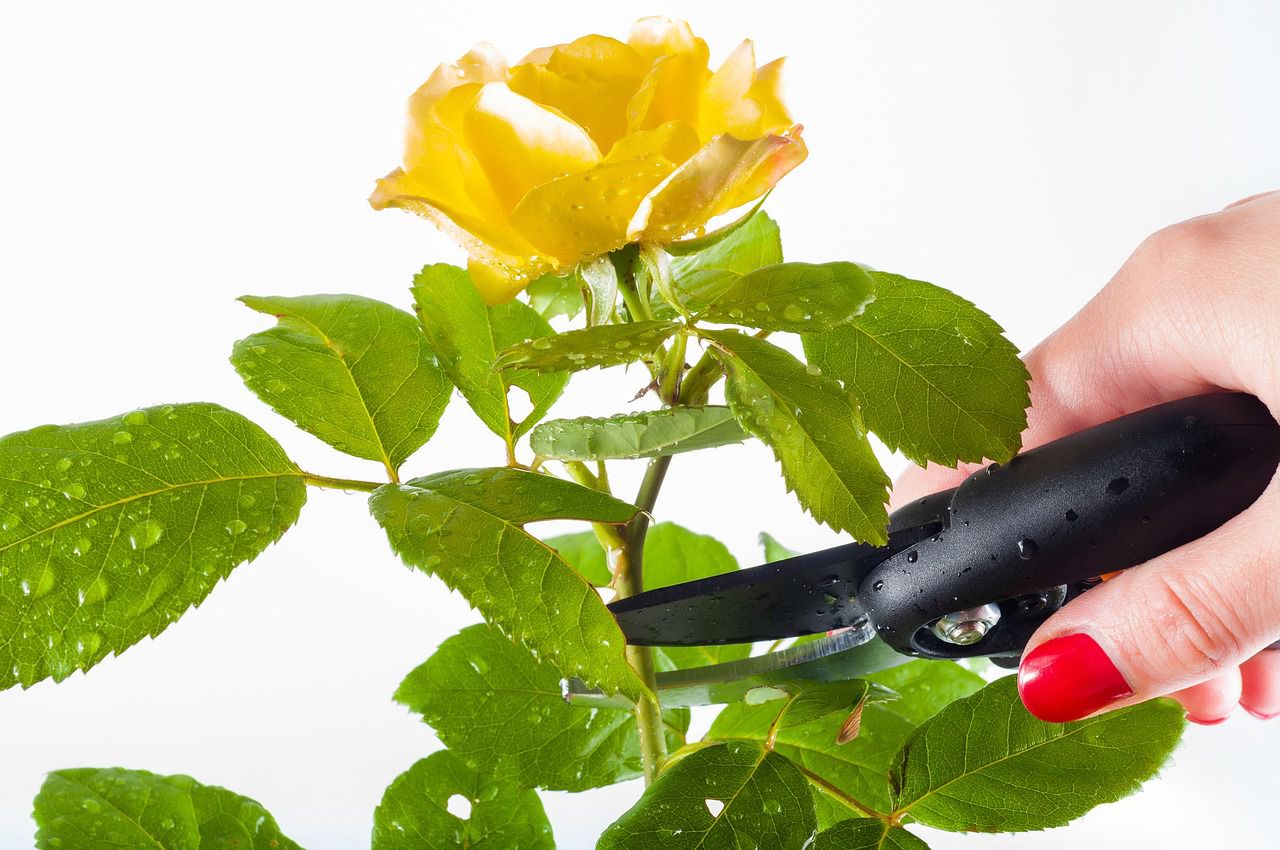Signs of a bad pruner: Gardening tips
To prune your garden effectively, you need to use high-quality garden tools, especially pruners.
While new pruners often seem fine, poor quality pruners can break quickly, or just make it way harder for you to prune effectively.
Here are a few signs of poor pruners you should look for.
Dull Blades
Pruners should have sharp blades to make clean cuts.
Low-quality pruners often come with blades that are either not very sharp from the start or quickly lose their edge after a short period of use.

Dull blades can crush branches instead of making clean cuts.
Rust
If the pruners have rusty blades or other metal parts, it's a sign that the materials used may not be of good quality.
Rust can affect the pruners' functionality and longevity.
Loose Joints
High-quality pruners are built with tight, sturdy joints that keep the blades aligned and allow for smooth cutting.
Low-quality pruners may have loose or wobbly joints, which can lead to imprecise cuts and make the pruners more likely to break.
Plastic Parts
While some plastic components can be fine, an overabundance of plastic parts, especially in the handle, can be an indication of low-quality pruners.
Quality pruners typically have more metal components for durability and strength.
Uncomfortable Grip
The handle of the pruners should be comfortable to hold. Low-quality pruners may have uncomfortable or poorly designed handles that can cause hand fatigue or blisters during use.
High-quality pruners often have ergonomic handles for a better grip and reduced strain on your hands.
Sticky Mechanism
Pruners should open and close smoothly.
If they have a sticky or jerky mechanism, it can make them challenging to use, and it's a sign of lower quality manufacturing.
Conclusion
By paying attention to these details, you can make a more informed choice when selecting garden pruners, ensuring that you invest in a durable and effective tool for your gardening needs.

